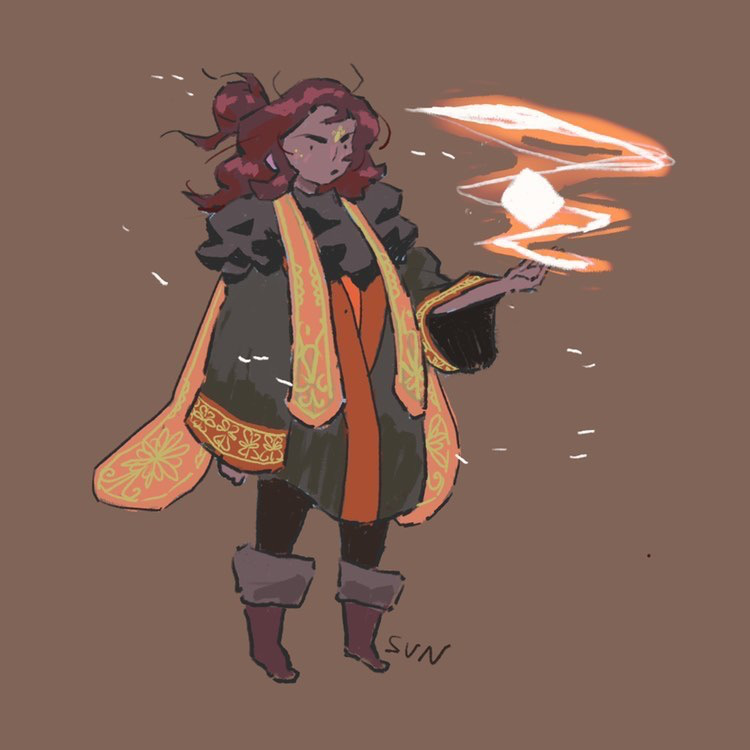Cersa
Ah, the cersa. We know they exist. But to see one? That is a rare occasion. And not necessarily one to look forward to. Sure, you can say that you've seen one - if you survive. But they provide nothing to us. They swamp ships when they're at the surface, they eat those who fall overboard, and then backhand the hull with their tail when they move off.
Basic Information
Anatomy
Cersa are huge beasts, stretching up to 40 metres in length. They have a body shape similar to that of a whale, but many more flippers. The exact number varies, but cersa typically have between ten and twelve, arranged symmetrically on each side. At the rear, they have a crescent-shaped tail, similar in size to two of their flippers connected end to end.
On their face, cersa differ strongly from whales. Their head comes to much more of a point than whales, almost reminiscent of a crocodile, and their mouths are lined with hundreds of rows of teeth, akin to a shark.
Genetics and Reproduction
Cersa typically mate only once in their life, meeting their mates often by chance. They have no set breeding ground, and instead their immense size limits their habitat range enough that it is usually possible for them to find a mate throughout their life.
Cersa have only one child per mating. After mating, the female typically resides in a cave or at the sea floor, often burying herself in silt or sand. The male patrols the area around and brings food and other necessities to her, often at the expense of feeding himself. Males often lose a substantial amount of weight during their time of caretaking.
This lasts for up to three years, as the calf grows. After it grows to maturity, the female digs herself out of the protective shell she has made and gives birth.
Growth Rate & Stages
Calves are initially very weak, and unable to do much more than cling to one of their parents and be transported around the habitat. After about a month, they gain more autonomy and are able to swim alone, as well as catch small prey by themselves.
It takes a calf approximately thirty years to grow to maturity.
Ecology and Habitats
Cersa typically live in deep trenches in the ocean, far from where humans can typically observe them. There, they eat a mix of plant lfie and the other animals that share their habitat, and function as essentially apex predators. It is not unknown, however, for packs of smaller predators to hound a cersa and even kill one, particularly those that are not yet mature.
Cersa do also venture out of this habitat closer to the surface, often when in pursuit of prey or when sick.
Additional Information
Perception and Sensory Capabilities
Cersa, unlike most creatures of the deep, are not blind and can in fact see reasonably well. They have large eyes with no lids. They are able to sense their environments through touch, and possess a rudimentary form of echolocation that assists them in their navigation of the depths. Their primary method of navigation, however, is smell. Cersa are incredibly sensitive to the smells of different regions of the ocean, and are able to trace scents carried by currents back to their source, allowing them to navigate the lightless environments that are their typical home with ease.
It is also hypothesised that cersa are able to sense the presence of effects produced by spellwrits, as it has been found that where an object has been treated with a spellwrit it acts as an effective bate for cersa (although why on earth anyone would ever want to attract one of these beasts is unclear).




These are so cool sounding. I love the description of how they bury themselves safely to give birth whilst their partner guards them.
Explore Etrea | March of 31 Tales